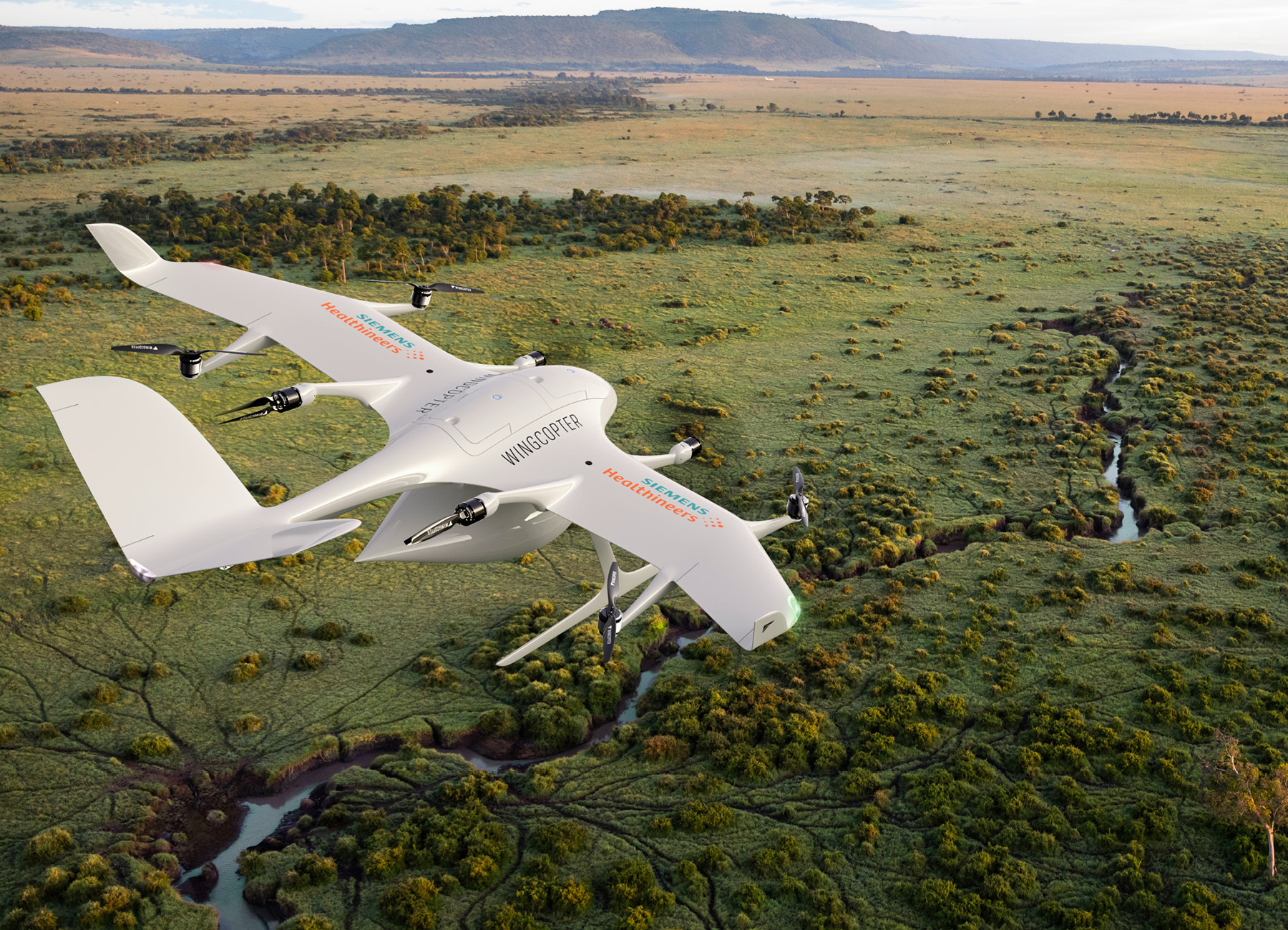Language
You can read the magazine in one of the following languages
For Siemens Healthineers, which has long been an innovator in the healthcare industry, the new opportunities offered by technology to improve the health of the global population are as vast as they are exciting.

Siemens Healthineers is currently reviewing how to incorporate multiple potential applications of emerging technologies. For healthcare companies, a specific focus for these new technologies will be on real-time interaction, collaboration and data integration. However, the company also realizes that there are infinite options offered by new technologies, including new treatment solutions, workflow solutions, remote patient care, large scale data integration, digital twinning and telemedicine.
 As Vivek Kanade, Head of Siemens Healthineers Middle East and Africa explains, technology will be central to the future development of healthcare.
As Vivek Kanade, Head of Siemens Healthineers Middle East and Africa explains, technology will be central to the future development of healthcare.
“We will see major technological advancements in the healthcare sector being explored in IT and digitalization, addressing some of the major challenges for healthcare providers worldwide, one of them being the low digital maturity,” he acknowledges. “This will also create a significant impact on digital twin technology, a digital health doppelganger that mirrors every detail of our real-world physical bodies, offering a vast potential for application, especially to be used for monitoring heart functions and heart diseases.
“Furthermore, we are expanding our portfolio of equipment and solutions to maximize outreach and increase cost-efficiency to service more low-income markets and improve accessibility of healthcare to vulnerable communities. Our Access to Care initiative not only comprises tailored and more flexible products, but also focuses on exploring innovative concepts, business models and new financing solutions.”
Siemens Healthineers is active in the areas of imaging, diagnostics, cancer care and minimally invasive therapies, augmented by digital technology and artificial intelligence. Beyond the existing solutions portfolio, the company focuses on exploring new opportunities with innovative partnerships. For example, in the field of education, the company collaborates with public healthcare institutions and universities. New successful business models are being introduced, as is reflected by an increasing number of long-term value-based partnerships with healthcare institutions across the region.
Breakthrough concepts with technology partners are also being explored, such as the recently piloted case study of a drone-delivery model for blood samples in rural Kenya. This concept could even be developed further to testing water quality and to delivering medicine, and is a prime example of how modern technology can improve access to healthcare and make a positive impact on people’s lives.
By further nurturing and developing such international collaborations and by identifying new opportunities in competitive markets, Siemens Healthineers commits to always remaining at the forefront of innovation.

Investing in healthcare infrastructure to create a sustainable and more sophisticated market is of paramount importance, especially in Africa and the Middle East.
Siemens Healthineers works with partners in government institutions, non-governmental organizations and private businesses to develop creative business and financing solutions to improve access to care. The company plays a vital role in supporting cancer diagnosis and therapy, with its comprehensive cancer pathway, helping to develop local cancer care systems together with ministries, private and public partners.
Futureproofing healthcare systems across the region is key, and being at the forefront of innovation will ensure the company remains on a growth path.
Siemens Healthineers pioneers breakthroughs in healthcare. For everyone. Everywhere. Sustainably. The company uses its innovation potential and experience to provide quality healthcare and increase access to care for everybody, especially the more vulnerable communities, as it aspires to connect the three billion people worldwide who do not yet have access to essential healthcare services to functioning healthcare systems.

